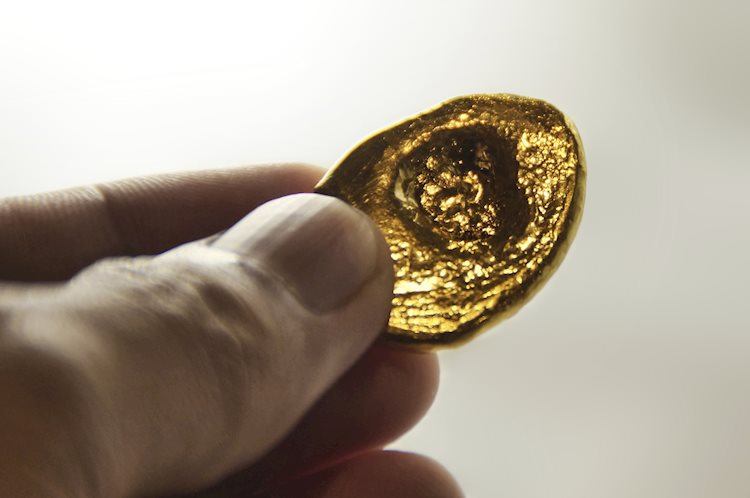Gold price reached an all-time high of $2,450 on Monday but has since corrected lower to the $2,410s due to central banks showing a reluctance to lower interest rates, leading to a bearish divergence on the daily chart. Geopolitical concerns, especially in the Middle East and Ukraine, are acting as a positive factor for Gold price as emerging markets and BRICS nations hoard gold as an insurance policy against Western sanctions.
The shift in outlook for interest rates has caused central banks in the US and Australia to discuss the possibility of raising rates instead of lowering them. The Federal Reserve and Reserve Bank of Australia both indicated that they could raise rates if inflation rises, creating uncertainty in the market. Gold price has pulled back after forming a Shooting Star Japanese candlestick pattern and showing acute bearish divergence with the price on the daily chart, indicating a possible deeper correction may be on the horizon.
Despite the short-term correction, the long-term and medium-term trends for Gold remain bullish, with potential support at the upward-sloping trendline in the $2,360s. The old adage that “the trend is your friend” suggests that an eventual recovery is likely, with a break above the new all-time high of $2,450 potentially leading to a continued rally towards the $2,500 level.
Gold has historically played a significant role in human history, serving as a store of value, medium of exchange, and safe-haven asset. Central banks are the biggest Gold holders, using the metal to support their currencies and improve economic strength. Central banks from emerging economies such as China, India, and Turkey have been rapidly increasing their Gold reserves, with data from the World Gold Council showing the highest yearly purchase since records began in 2022.
Gold has an inverse correlation with the US Dollar and US Treasuries, making it an attractive asset during times of Dollar depreciation or market turmoil. The price of Gold can be influenced by a wide range of factors, including geopolitical instability, fears of recession, and interest rate movements. The relationship between Gold and the US Dollar is particularly important as Gold is priced in dollars, with a strong Dollar typically keeping Gold prices in check and a weaker Dollar pushing prices up.





















